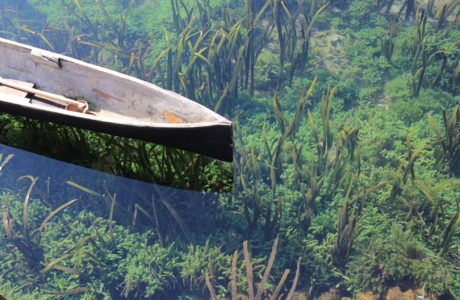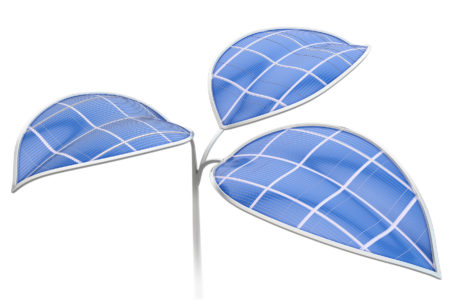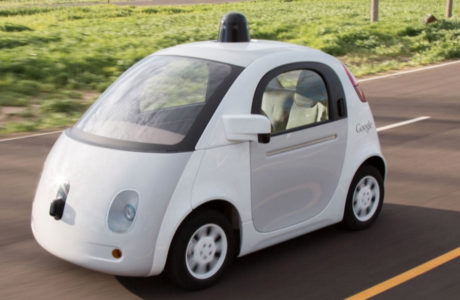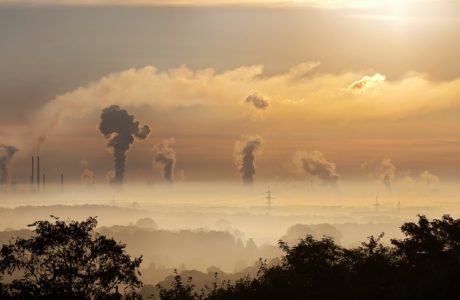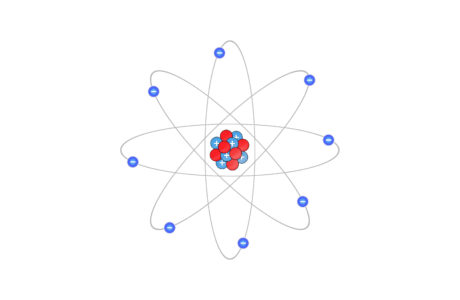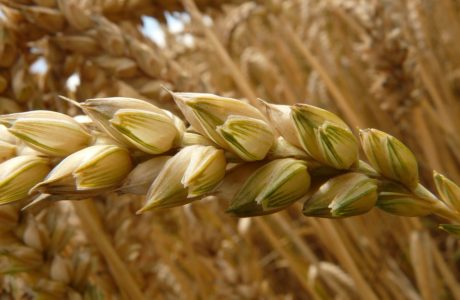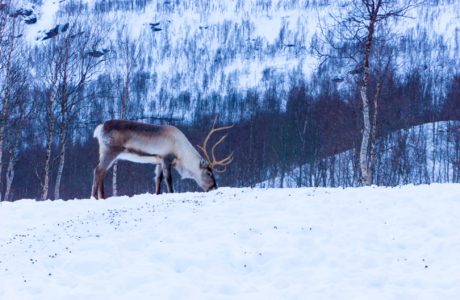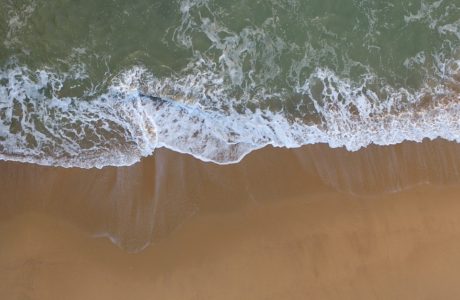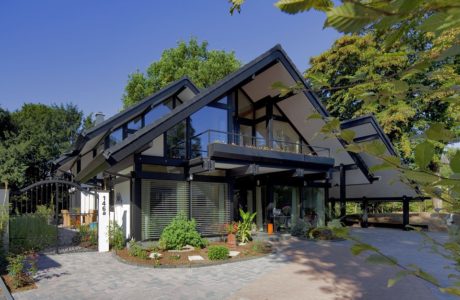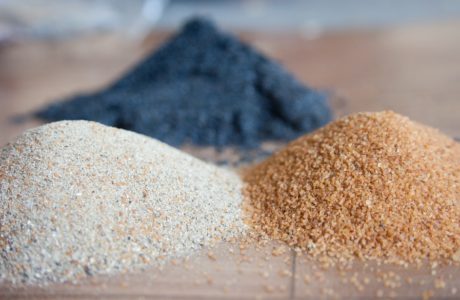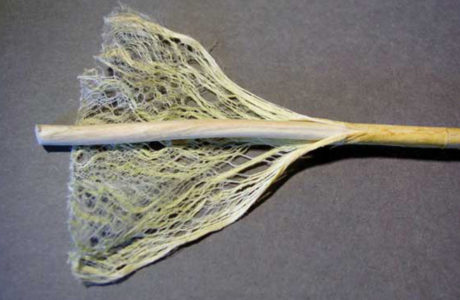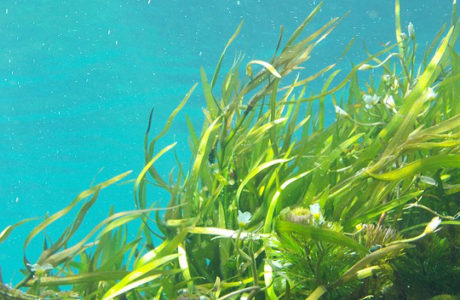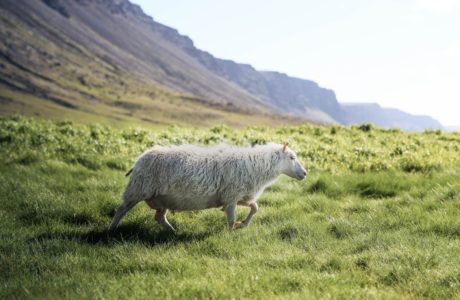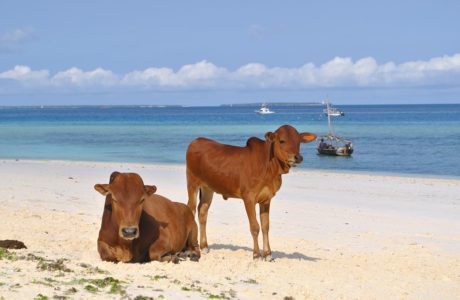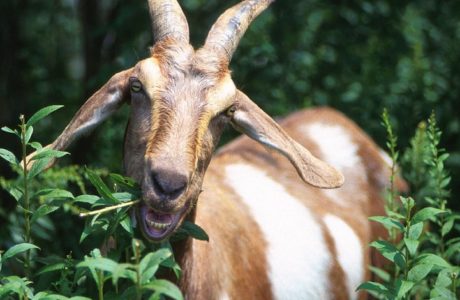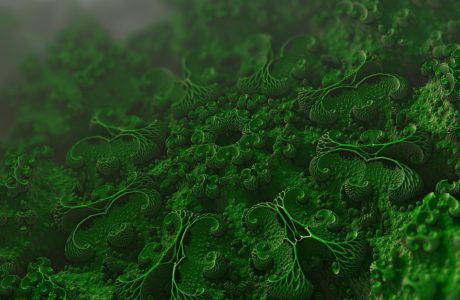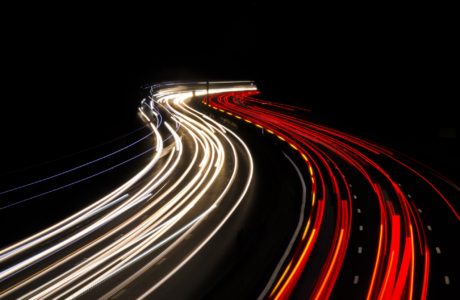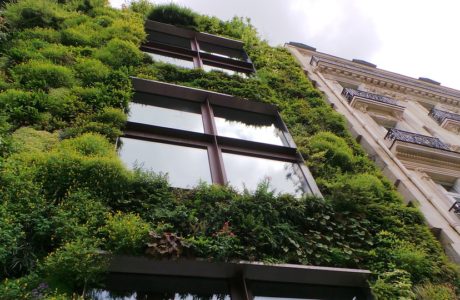
Living Buildings
Coming Attractions
The Living Building Challenge holistically defines how buildings can benefit both people and planet. One key criteria: Living buildings produce more energy than they use.
Read more
Living Buildings
Coming Attractions
Coming attraction
TOTAL CO2-EQ REDUCTION (GT)
Total CO2-equivalent reduction in atmospheric greenhouse gases by 2050 (gigatons)
NET COST (billions US $)
Net cost to implement
SAVINGS (billions US $)
Net savings by 2050
Description:
In 2006, the Cascadia Green Building Council issued the Living Building Challenge (LBC). LBC is a holistic approach based on a simple question: How do you design and make a building so that every action and outcome improves the world? LBC has seven performance categories—Place, Water, Energy, Health and Happiness, Materials, Equity, and Beauty—that define what a living building is and does to benefit both people and planet.
Living buildings should grow food, use rainwater, and protect habitat, for example. They need to incorporate biophilic design, satisfying humankind’s innate affinity for natural materials, sunlight, views of nature, and more. Living buildings avoid all “red-listed” materials, such as PVC and formaldehyde. They are required to intentionally educate and inspire others—building as teacher rather than container.
When it comes to greenhouse gas emissions, living buildings make their greatest impact by producing more energy than they consume and offsetting all embodied carbon as well. LBC proves that, with the right investment and expertise, buildings can do more than simply be less bad. They can function like a forest, generating a net surplus of positives in function and form and exhaling value into the world.
